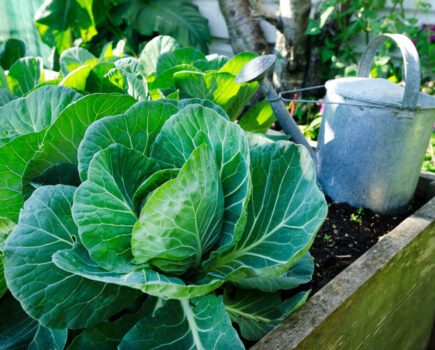Feeding and pest control are high up the agenda
Pots and baskets may be an easy way of adding quick colour to the garden, but they need consistent care to keep them looking their best for the next few months. Deadheading is essential, not only to keep plants looking their best but also to encourage them to create a profuse succession of blooms. Leave dead flowers in place and the plants will make seed heads instead of new buds.
Further boost your plants’ flowering potential by feeding them with a high-potash tomato fertiliser such as Tomorite or Big Tom. If you’re going away, fill a bottle with a mix of water and fertiliser and insert it into the compost using a funnel. This will slowly release the nutrient mix, keeping plants hydrated and healthy.
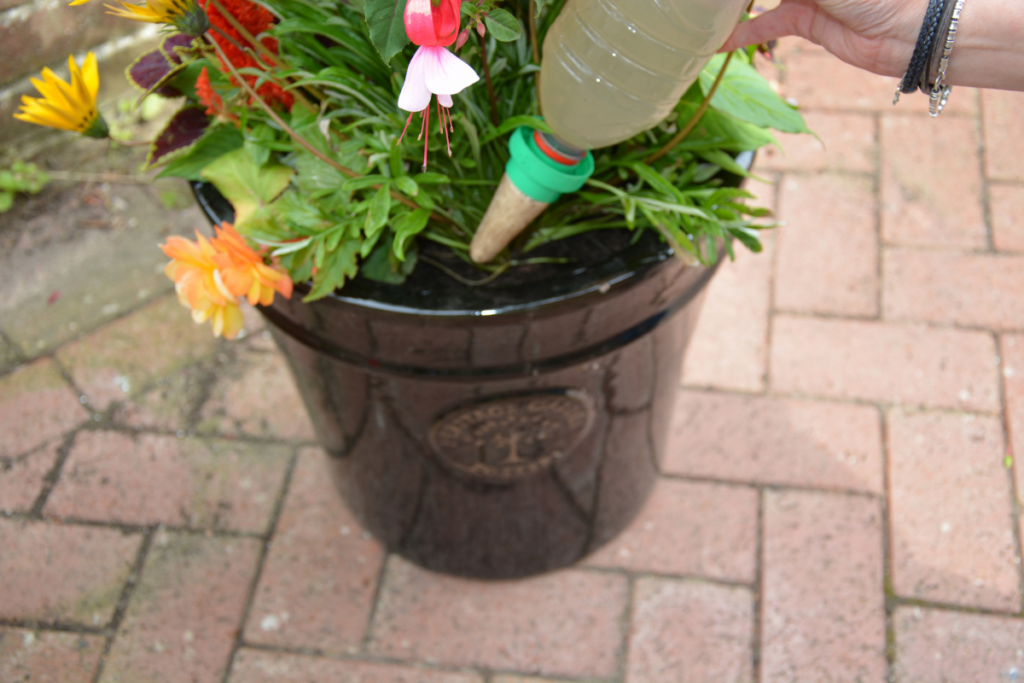
You also need to check pots regularly for pests. Aphids take advantage of the tightly packed plants, so look under leaves and wipe them off. Slugs and snails also like to lurk around the cool dark edges of the compost – again, pick them off.
An often unseen enemy is the vine weevil. Adults are small brown beetles that chew distinctive notches on the edge of leaves, but it’s their larvae that do the real damage, chewing through roots, quickly killing plants. When the weather warms up, I use nematodes to protect my plants – microscopic eelworms that target specific pests. They are widely available in garden centres and online at sites such as nematodesdirect.co.uk and greenfli.co.uk. Another handy trick is to stand your pots. On feet, in large saucers of water and away from overhanging greenery because vine weevil adults can’t swim!
Patio perfection
A clean canvas for your pots
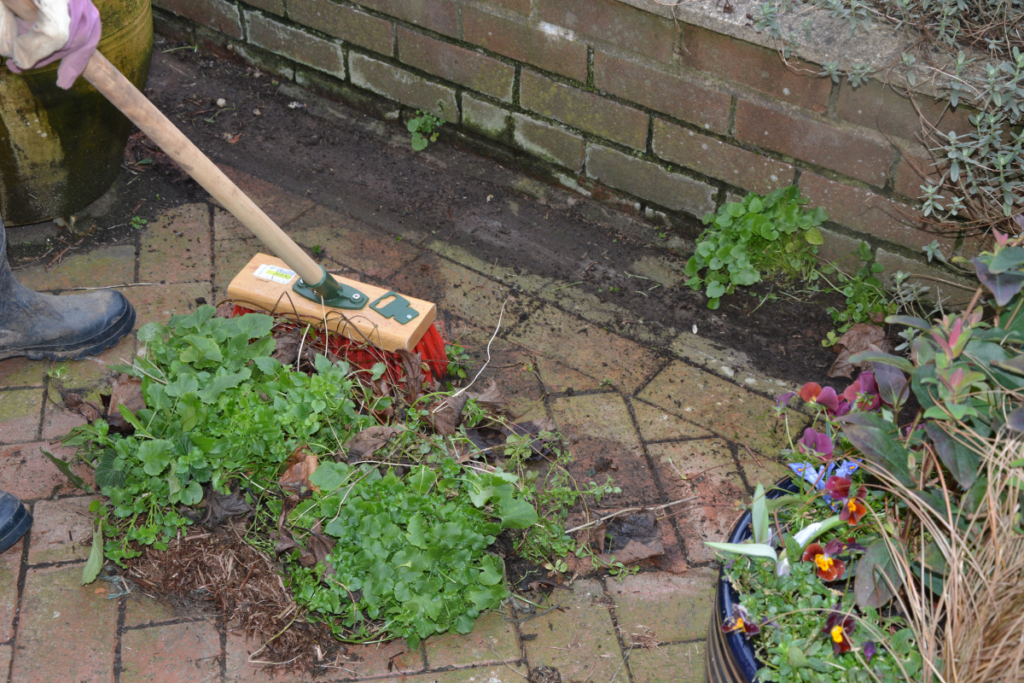
Make sure patios and drains are clear
A patio that’s been swept clean of weather-strewn debris will set off your pots to their best advantage.
Sweep regularly, as accumulated debris, moss and algae not only hosts pests but can become dangerously slippery over time. Also make sure that any drainage channels around the edge of your patio are kept clear of dead plant matter to lessen the risk of flooding.
A sharp hoe is a great tool for scraping weeds and moss from between [patio bricks and paving, but avoid using a pressure washer as it can displace the mortar. Wash down hard surfaces with an organic cleaner such as Algon, which is safe to use around pets, children and wildlife.
How to plant a spring container
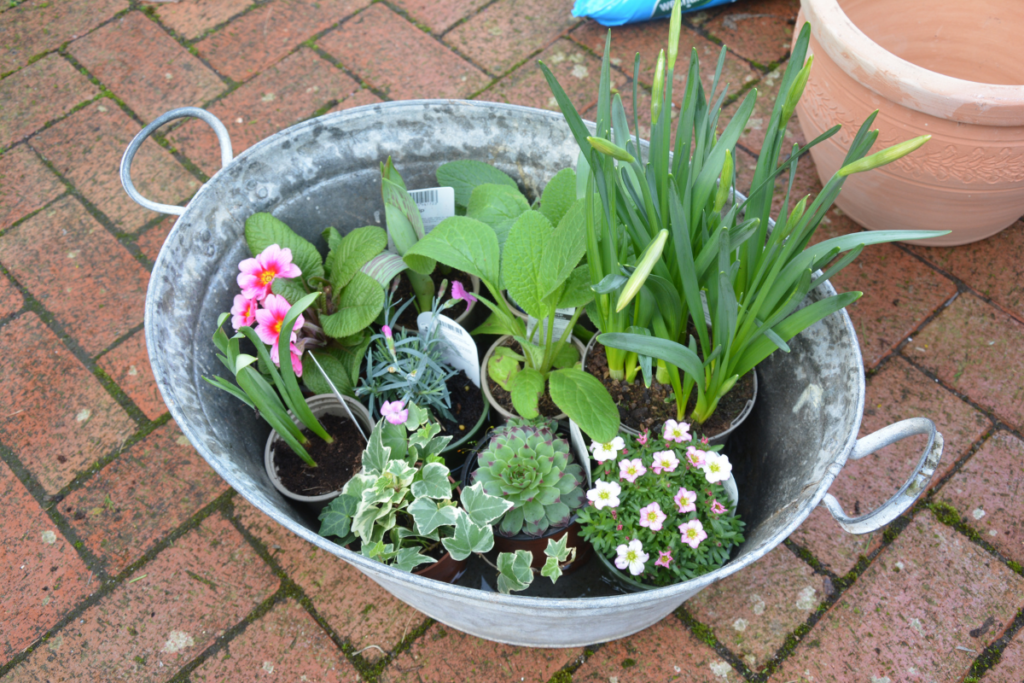
1. Stand your plants in water for 30 minutes or so to soak the roots, making them easier to slide from their plastic.
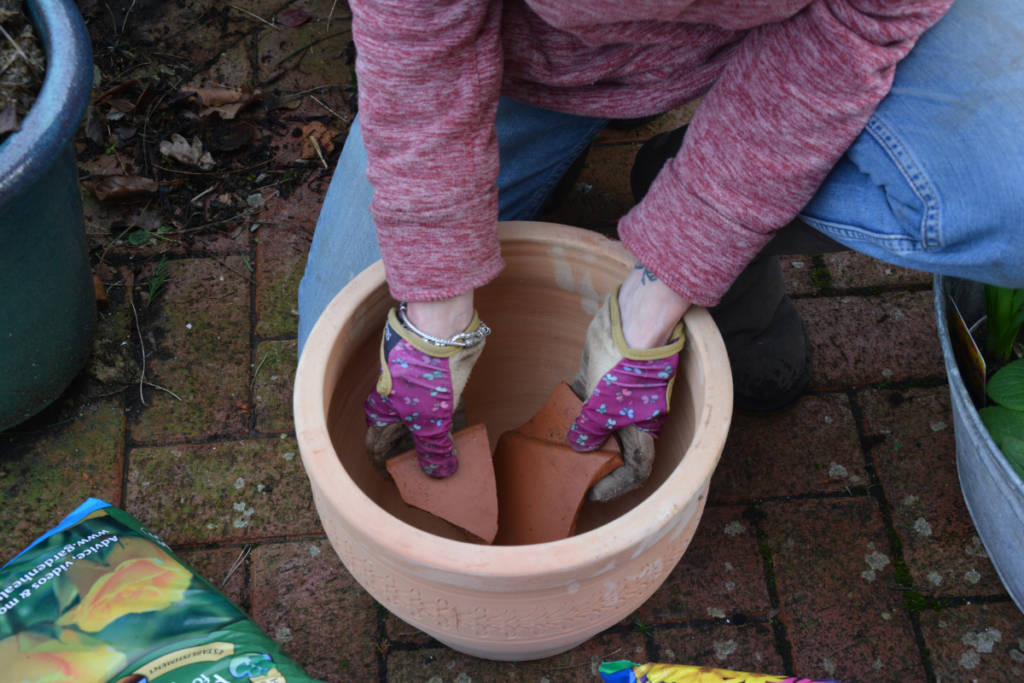
2. Line the base of your pots with crocks and start filling with peat-free compost and added fertiliser, leaving a 2in (5cm) gap at the top.
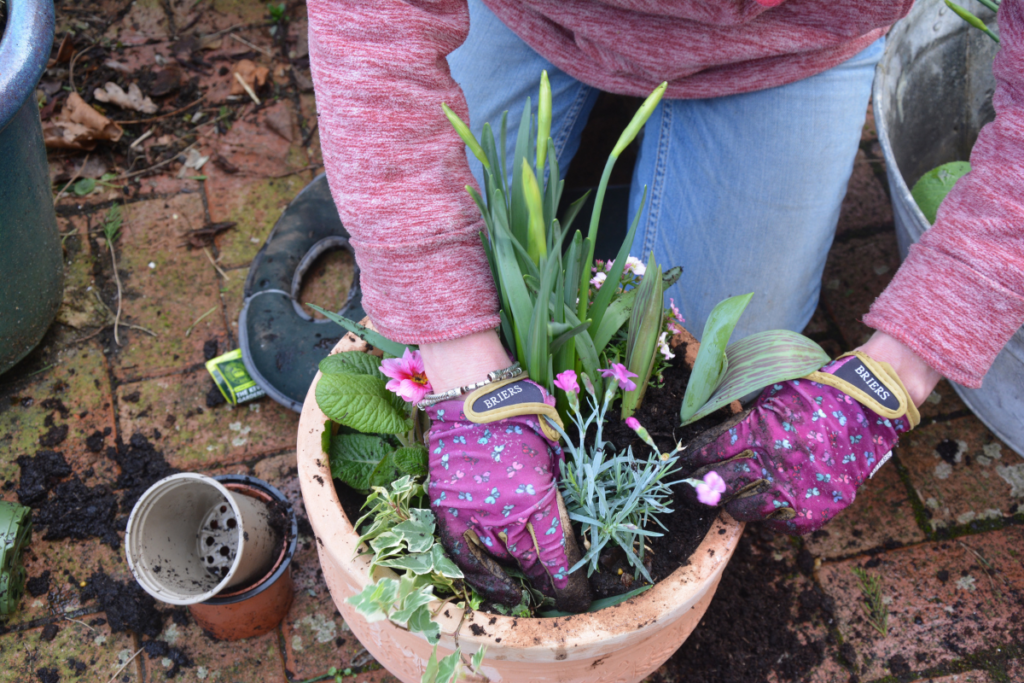
3. Add your plants, the tallest at the centre and trailing ones at the edges. Don’t fret about gaps, they will soon grow and cover them,
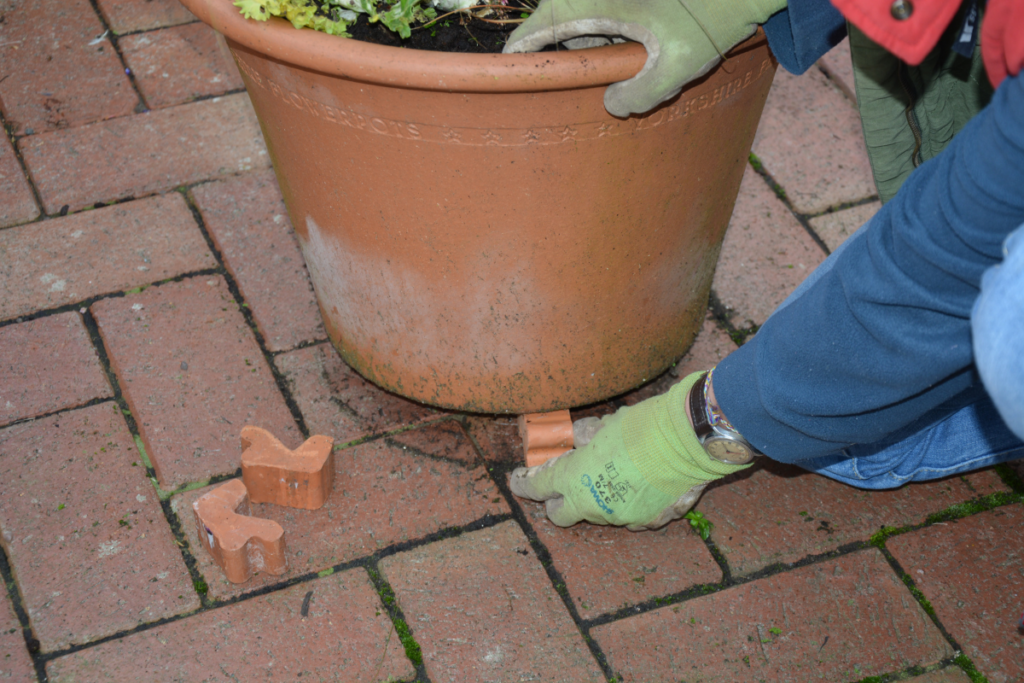
4. Stand your pot on feet to allow for decent drainage and water the plants generously to settle the compost.
Find more tips, advice and articles like this at the Amateur Gardening website. Subscribe to Amateur Gardening magazine now.


